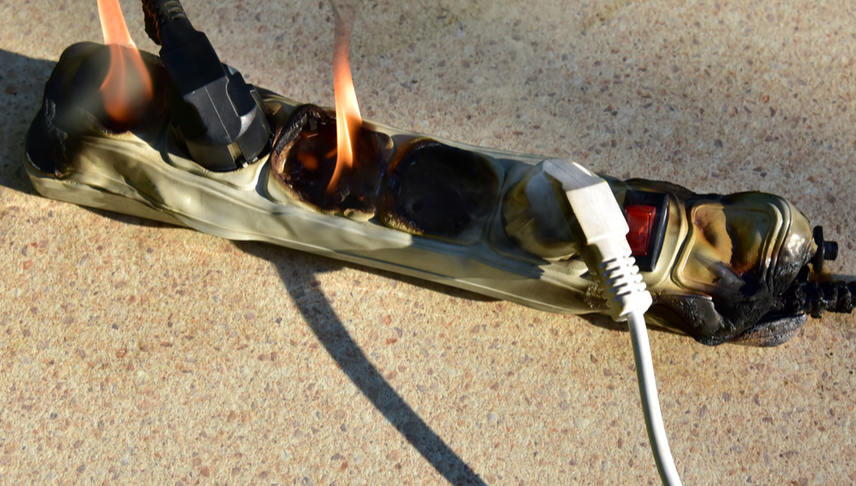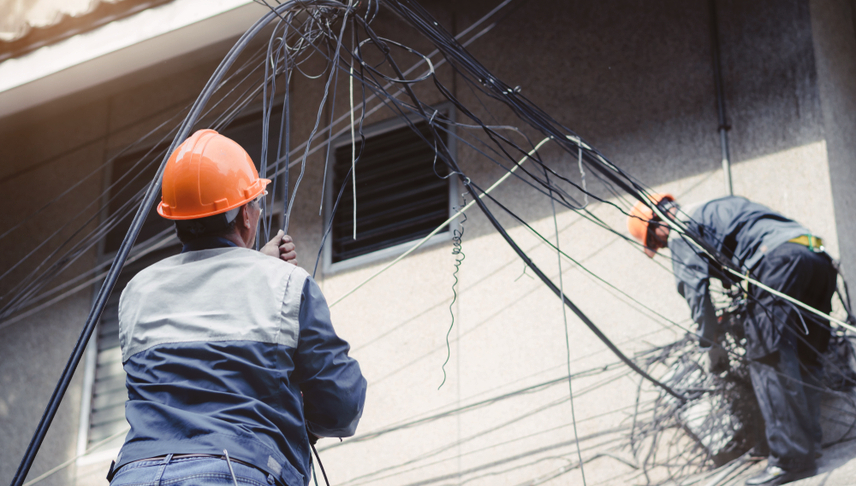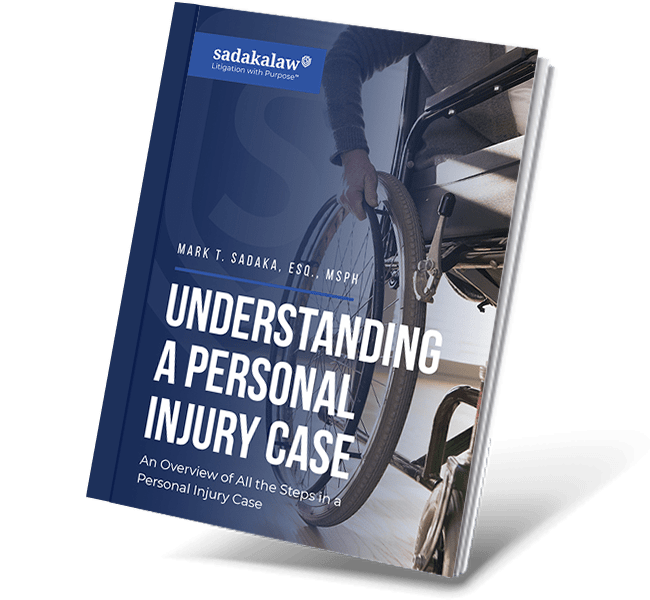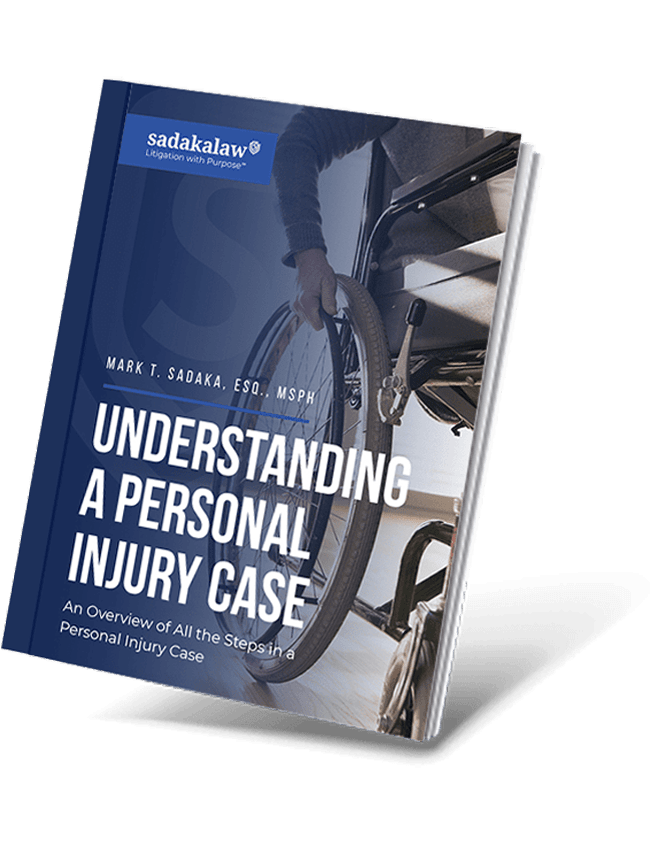
What are the four main types of electrical injuries, and is it worth exploring legal recourse if this happens to you or a loved one? There are a surprising number of situations in New York and New Jersey where a person finds themselves carrying the risk of an electrical injury. In fact, between electrical workers and unsuspecting pedestrians, electrical injuries occur almost daily in the New York and New Jersey jurisdictions.
Below, Sadaka Law discuss the various types of electrical injuries and whether these scenarios may warrant a call to a personal injury attorney.
What is an Electrical Injury?
In many cases, electrical workers receive a shock from electrical poles, while pedestrians may sustain an injury from unsafe construction sites, power line issues, and other dangerous situations. An electrical injury lawyer like those at Sadaka Law can offer a compelling defense, but there is more to these cases than just physical harm to the human body.
On the surface, contact with electricity causes an electrical injury, ranging from minor to fatal. It could be from a lightning strike or a damaged power line, and there are countless ways to sustain damage. Electricity-related injuries also occur at any voltage level and through manmade or natural sources, so there is much to consider in building a solid case.
On average, electrical injury accidents feature a lower survival rate than other accidents, so prompt treatment could be life-saving. Whether your electrical injury is superficial or severe, costly medical bills and other responsibilities mount quickly. There is also an opportunity to consider whether worker’s compensation applies to injuries incurred on the job.
The Four Main Types of Electrical Injuries
In the eyes of the law, true electrical injuries occur when a person interrupts an electrical current and becomes part of the circuit. Electricity travels through the body, causing damage or even death. While there are natural occurrences, self-induced electrical injuries are more common.
Whether a person survives an electrical injury depends on many factors, including but not limited to:
- the body’s condition
- the electricity voltage
- how the current travels through the body
- the length of exposure
A mild electric shock needs time to heal, and support can be invaluable. However, victims also experience falls, sustain burns, or suffer complete electrocution that often causes death. Turning to a worker’s compensation or a personal injury lawyer like Sadaka Law may make the aftermath easier to navigate from a legal perspective, even for those left behind when the worst happens.
A review of past electrical injury cases may help to cement the way forward in these devastating situations. So, what are the four main types of electrical injuries that may warrant further attention in a court of law?
- Electric shock
- Burns
- Falls before or after an electric shock
- Electrocution
Electric Shock
Coming into physical contact with an electrical current causes the current to redirect itself through the body. An electric shock happens, which at high voltages or with extended exposure can be fatal. Small shocks may result in little to no harm, but it depends on the person’s health.
The body is primarily water-based and conducts electricity with ease (moisture makes electrical currents flow better). Minor electric shocks may feel like a zap or cause a dull tingling sensation. Worse shocks cause muscle spasms, respiratory problems, heart-related problems, or death in extreme cases.
Burns

The heat from the electricity causes severe damage to the skin, searing tissue and potentially causing organ failure from the shock. Some victims experience significant internal burns, and electrical burns often require repeated surgeries to repair and heal. Thermal burns are also potentially fatal, occurring after the tiniest spark sets off an explosion in overheated equipment, faulty batteries, or wiring.
Falls
Falls after contact with electricity are a common situation in workplace incidents. New York and New Jersey-based construction workers, telephone line repair teams, and those that conduct tasks on or near power lines carry the highest risk. Electrical fall survivors often do not make it long-term, as organ damage, burns, or bone breaks affect nerve damage, extreme pain, and even paralysis.
Electrocution
The worst electrical injury happens when exposure to extreme voltage is fatal. Electrocution is an accidental incident, often by natural means like lightning or from manmade systems like subway lines. While electricity effectively revives unconscious patients in a hospital, at these voltages, death is immediate.
Low-voltage electrocution may have little consequence, but high voltage electrocution typically ends in death by cardiac arrest. The body typically shows burnt skin and hair that may make identification challenging.
Other Types of Electrical Injuries
Bodies are excellent conductors of electricity, thanks to their water content. The composition is why construction workers working in the rain are more susceptible to an electric shock than people driving a car during a thunderstorm. But what are the four main types of electrical injuries that are not as commonly seen in a court of law?
Electrical energy travels in many ways, and injuries could be from natural and artificial causes. Other common electrical injuries include:
- flash injuries,
- lightning injuries, and
- flame injuries.
While these injuries aren’t as common as mild electric shock or burns, they can be life-threatening.
Flash Injuries
When electricity breaks from its original path and passes through the air to a new conductor, scientists call the process an ‘arc flash.’ The old conductor no longer supports the circuit, and there is an instant flash of electricity. An arc flash that occurs nearby may injure the closest pedestrians or workers and damage the buildings, trees, or other features in the location.
A flash like this near water increases potential exposure significantly, though typical flash injury cases involve minor electrical burns.
Lightning Injuries
A high voltage lightning strike is extremely dangerous when it enters and flows through a human body. Lightning strikes are common in New York and New Jersey’s skyscraper realm, but people also suffer lightning injuries out in the open. These incidents are usually brief, but people who experience lightning strikes are likely to die from their injuries long-term.
A brief blast of electricity from lightning can be less severe. However, even low-voltage electricity exposure is harmful for extended periods.
Flame Injuries
Electricity typically doesn’t enter the body during an arc flash, but workers nearest to it may still suffer burns or physical damage from the force and energy involved. Other injuries also arise, like a flame injury that happens after an arc flash ignites nearby materials. If it sets fire to clothes or other materials, people can suffer severe burns.
Flash injuries, lightning injuries, and flame injuries are uncommon experiences for the general population. However, the fourth category involves an electrical construction injury, a more common occurrence in New York and New Jersey explored in more detail below.
Electrical Injuries in Construction Workers and Pedestrians

Electrical Construction Injury
According to the United States Occupational Safety and Health Administration, electricity is a significant factor in construction accidents. While there are strict guidelines in place to protect construction workers from electrical injuries, accidents are unavoidable.
At Sadaka Law, a construction accident lawyer can advise on a way forward after an electrical construction injury, including whether the case may be eligible for restitution. Our worker’s compensation attorney will also assist clients in filing a claim with an employer or insurance company, gathering evidence of medical treatment and physical damages, and seeking financial support.
Pedestrian Electrical Injury
While it’s no surprise that workers frequently risk electrical injury, pedestrians do not typically take these possibilities into account. Many electrical injuries in pedestrians occur when an unsuspecting person walks or steps onto a live electrical wire, an electrified metal plate, or another live point of contact; or purchases faulty consumer products.
A pedestrian electrical injury can be life-altering, especially when it involves electrocution from loose wiring, burns from overheating electronics, and exposed electrical lines from storm damage. A competent electrical injury lawyer can discuss the details of the case and establish a plan of action. They may also hire objective medical professionals to confirm the client’s health status or explain their treatment history in court.
Electrical Injuries Lawyer
So, what are the four main types of electrical injuries seen in New York and New Jersey? The discussion above has touched on electric shock, burns, falls, electrocution, and the rarer injuries from flash arcs, lightning, and flame-related injuries. In any case, an electrical injury brings suffering to the victim and their family, particularly in the wake of reduced financial gains, job loss, expensive medical bills, or the loss of a primary provider involved.
A trustworthy electrical injury lawyer will work hard to represent the case accurately and bring the extent of the client’s suffering to the attention of those who can help. Sadaka Law sees many such cases in the district, and their skills cover personal or electrical injury, worker’s compensation, and many other health and safety issues.
Call Sadaka Law at 1-800-810-3457 today to find out more about the recourse available for electrical injuries in New York, New Jersey, and beyond.


